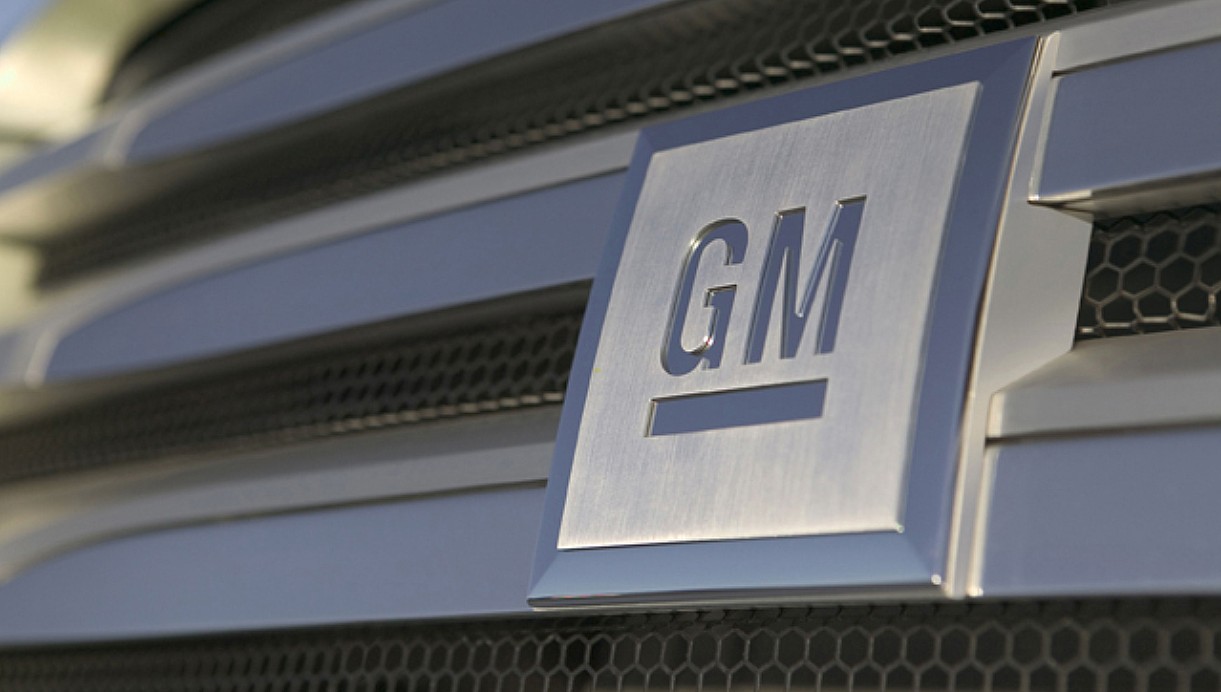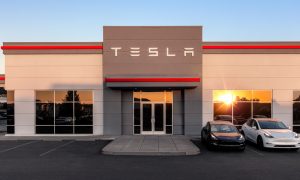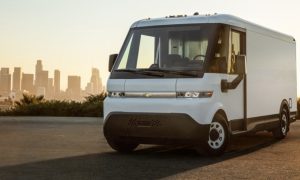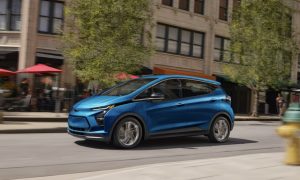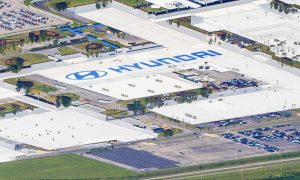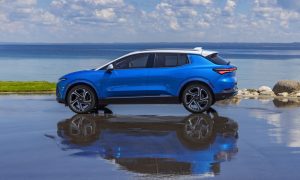General Motors has increased its electric vehicle investment by 75%, from $20 billion to $35 billion through 2025, the company announced on Wednesday.
The additional $15 billion investment will help support GM in its quest to develop electric and autonomous vehicles, as well as “accelerate its transformative strategy to become the market leader in EVs in North America; the global leader in battery and fuel cell technology through its Ultium battery platform and HYDROTEC fuel cells; and through Cruise, be the first to safely commercialize self-driving technology at scale.”
GM announced a while back in March 2020 that it would commit $20 billion to EV and AV programs from 2020 to 2025. The plan is to eventually transition its entire fleet of vehicles to be fully electric, but the company doesn’t plan to accomplish this until 2035. Nevertheless, the company seems to be relatively serious about its transition into sustainable forms of passenger transportation, even if the goal of 2035 isn’t lofty enough for some.
The Detroit-based GM entered the EV sector with the EV1 in 1996, which used a 16.5-18.7 kWh lead-acid battery in its earliest versions. The car ultimately never made it to mass production, and it was listed on TIME’s “50 Worst Cars of All-Time” list, which is harsh considering it was one of the first attempts at a battery-powered vehicle in the modern age.
GM has been relatively successful in its quest for EV powertrains in the 21st century. The Chevrolet Bolt is its main EV at the current time, which has sold relatively well in the grand scheme of things. However, the company is planning to continue launching new models in the future, most notably the GMC Hummer EV. GM also plans to roll out the Cadillac LYRIQ and the Chevrolet Silverado electric pickup in the coming years.
“We are investing aggressively in a comprehensive and highly-integrated plan to make sure that GM leads in all aspects of the transformation to a more sustainable future,” CEO and Chairwoman Mary Barra said.
“GM is targeting annual global EV sales of more than 1 million by 2025, and we are increasing our investment to scale faster because we see momentum building in the United States for electrification, along with customer demand for our product portfolio.”
Among the obvious point of expanding its product line in general, GM outlined several other finer points of its expanded investment in a press release.
- Accelerating Ultium battery cell production in the United States: GM is accelerating plans to build two new battery cell manufacturing plants in the United States by mid-decade to complement the Ultium Cells LLC plants under construction in Tennessee and Ohio. Further details about these new U.S. plants, including the locations, will be announced at a later date.
- Commercializing U.S.-made Ultium batteries and HYDROTEC fuel cells: In addition to collaborating with Honda to build two EVs using Ultium technology – one SUV for the Honda brand and one for the Acura brand – GM announced June 15 it has signed a memorandum of understanding to supply Ultium batteries and HYDROTEC fuel cells to Wabtec Corporation, which is developing the world’s first 100 percent battery-powered locomotive.
- Separately, GM will supply HYDROTEC to Navistar, Inc., which is developing hydrogen-powered heavy trucks to launch in 2024, and Liebherr-Aerospace, which is developing hydrogen-powered auxiliary power units for aircraft. Lockheed Martin and GM also are teaming up to develop the next generation of lunar vehicles to transport astronauts on the surface of the Moon, leveraging GM’s expertise in electric propulsion and autonomous technology.
- Today, GM is confirming plans to launch its third-generation HYDROTEC fuel cells with even greater power density and lower costs by mid-decade. GM manufactures its fuel cells in Brownstown Charter Township, Michigan, in a joint venture with Honda.
- Expanding and accelerating the rollout of EVs for retail and fleet customers: In November 2020, GM announced it would deliver 30 new EVs by 2025 globally, with two-thirds available in North America. Through the additional investments announced today, GM will add to its North America plan new electric commercial trucks and other products that will take advantage of the creative design opportunities and flexibility enabled by the Ultium Platform. In addition, GM will add additional U.S. assembly capacity for EV SUVs. Details will be announced at a later date.
- Safely deploying self-driving technology at scale: Cruise, GM’s majority-owned subsidiary, recently became the first company to receive permission from regulators in California to provide a driverless AV passenger service to the public. Cruise also was recently selected as the exclusive provider of AV rideshare services to the city of Dubai and is working with Honda to begin development of an AV testing program in Japan. In addition, GM Financial will provide a multi-year, $5 billion credit facility for Cruise to scale its Cruise Origin fleet. Developed through a partnership between GM, Honda, and Cruise, the Cruise Origin will be built at GM’s Factory ZERO Detroit-Hamtramck Assembly Center starting in early 2023.
The focus for Barra is based on the Earth, and making it a better place through sustainability, she said.
“There is a strong and growing conviction among our employees, customers, dealers, suppliers, unions, and investors, as well as policymakers, that electric vehicles and self-driving technology are the keys to a cleaner, safer world for all.”
News
Tesla Robotaxi has already surpassed Waymo in this key metric
Tesla Robotaxi has already overtaken Waymo in Austin in one key metric, but there’s still more work to do.

Tesla Robotaxi has already surpassed Waymo in one extremely important key metric: size of service area.
Tesla just expanded its service area in Austin on Monday morning, pushing the boundaries of its Robotaxi fleet in an interesting fashion with new capabilities to the north. Yes, we know what it looks like:
🚨 Tesla’s new Robotaxi geofence is…
Finish the sentence 🥸 pic.twitter.com/3bjhMqsRm5
— TESLARATI (@Teslarati) July 14, 2025
The expansion doubled Tesla Robotaxi’s potential travel locations, which now include the University of Texas at Austin, a school with over 53,000 students.
The doubling of the service area by Tesla has already made its travel area larger than Waymo’s, which launched driverless rides in October 2024. It became available to the public in March 2025.
According to Grok, the AI agent on X, Tesla Robotaxi’s current service area spans 42 square miles, which is five square miles larger than Waymo’s service area of 37 square miles.
Tesla Robotaxi (red) vs. Waymo geofence in Austin.
Much can be said about the shape… but the Robotaxi area is now ~3.9 mi² (10 km²) larger than Waymo’s!! pic.twitter.com/dVfh2ODxJC
— Robin (@xdNiBoR) July 14, 2025
The service area is one of the most important metrics in determining how much progress a self-driving ride-hailing service is making. Safety is the priority of any company operating a ride-hailing network, especially ones that are making it a point to use autonomy to deploy it.
However, these companies are essentially racing for a larger piece of the city or cities they are in. Waymo has expanded to several different regions around the United States, including Arizona and Los Angeles.
Tesla is attempting to do the same in the coming months as it has already filed paperwork in both California and Arizona to deploy its Robotaxi fleet in states across the U.S.
As the platform continues to show more prowess and accuracy in its operation, Tesla will begin to expand to new areas, eventually aiming for a global rollout of its self-driving service.
News
Tesla Megapacks arrive for massive battery replacing coal plant
Tesla Megapacks have started arriving on-site to the Stanwell Battery Project, just as Queensland prepares to wind down the Stanwell coal plant.
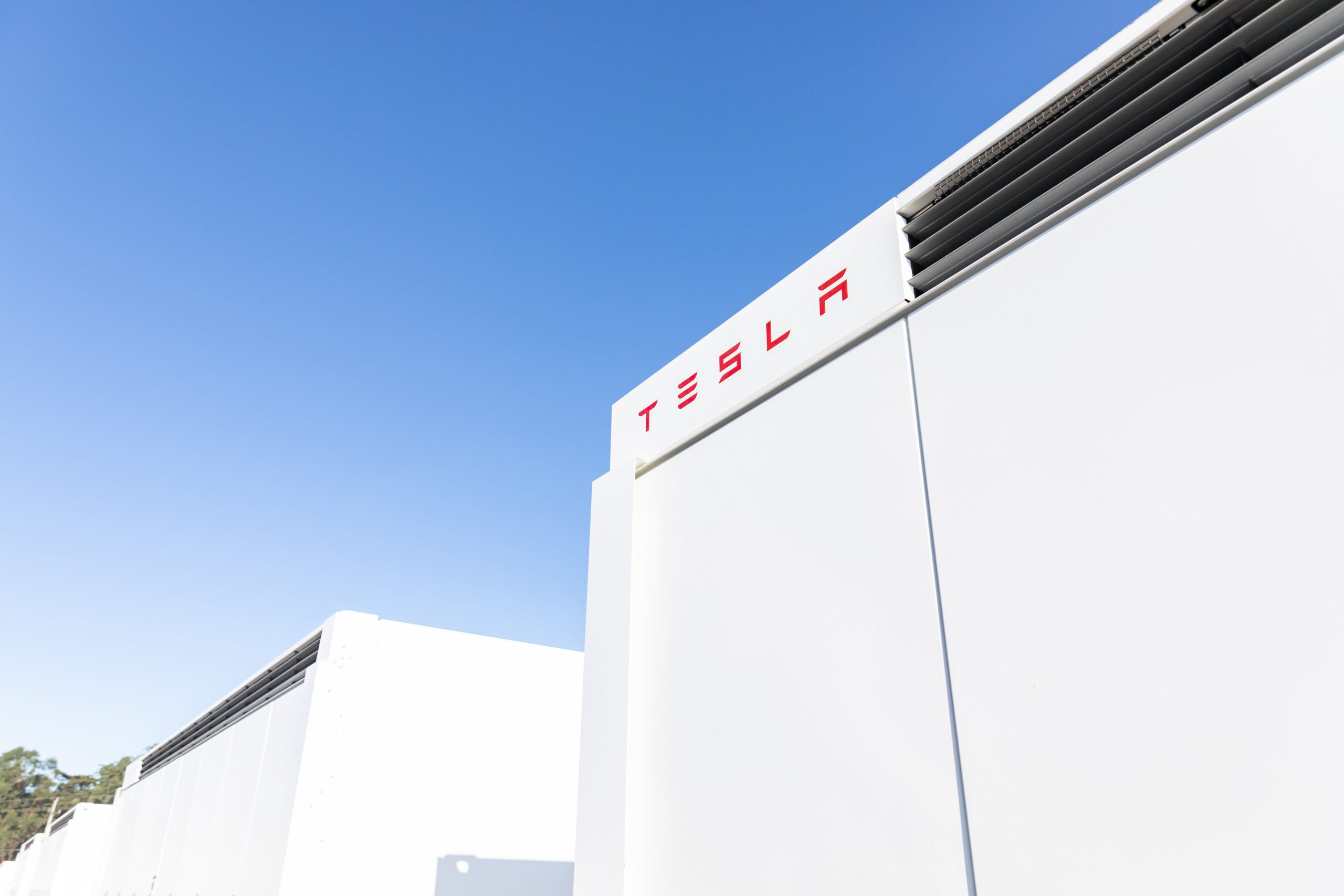
The first of over 300 Tesla Megapacks have arrived to the site of a massive battery energy storage system (BESS) being built in Australia, dubbed the Stanwell Battery Project after a coal plant it’s set to replace.
In a press release last week, the Stanwell Battery Project announced that the first Tesla Megapack 2XL units had arrived to the site, which is located outside of Rockhampton in Queensland, Australia. The project will eventually feature 324 Megapack units, set to arrive in the coming months, in order to support the 300MW/1,200MWh battery project.
“The Stanwell Battery is part of the diversification of our portfolio, to include cleaner and more flexible energy solutions,” said Angie Zahra, Stanwell Central Generation General Manager. “It is just one part of the 800 MW of battery energy storage capacity we have in our pipeline.
“Capable of discharging 300 MW of energy for up to four hours (1,200 MWh), our mega battery will be one of the largest in Queensland.”
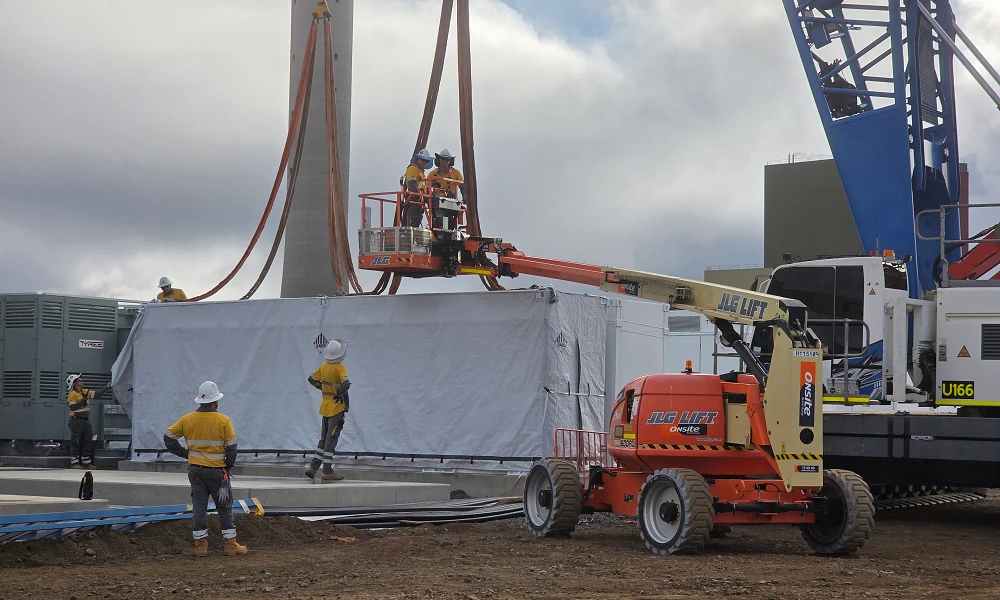
Credit: Stanwell
Did you know Tesla’s Lathrop facility churns out a Megapack every 68 minutes? That’s enough energy to power 3,600 homes for an hour per unit! ⚡️ pic.twitter.com/bG6fpHkB9O
— TESLARATI (@Teslarati) June 11, 2025
READ MORE ON TESLA MEGAPACKS: Tesla Lathrop Megafactory celebrates massive Megapack battery milestone
The state is working with government-owned company Yurika to facilitate construction, and the process is expected to create roughly 80 jobs. The project is expected to come fully online in May 2027, with initial commissioning of the Megapacks aiming for November 2025.
The Stanwell Battery is set to replace the nearby Stanwell coal generation plant, which the government is planning to wind down starting in 2026 as part of efforts to reach an 80 percent renewable energy generation ratio by 2035. Meanwhile, the government is also set to begin winding down the Tarong and Callide coal plants, while several other Megapack projects are being built or coming online. o ya
Tesla currently has two Megapack production facilities, located in Lathrop, California, in the U.S. and another that came online earlier this year in Shanghai, China. The Shanghai Megafactory shipped its first units to Australia in March, while both factories are expected to be capable of producing 10,000 Megapack units per year upon reaching volume production.
News
The Tesla Diner is basically finished—here’s what it looks like
The company first broke ground on the Diner, Drive-in, and Supercharger location in September 2023. Now, it has served one of its first internal customers.

Tesla has finally completed the construction of its highly anticipated Diner, Drive-in, and Supercharger in Los Angeles, and recent photos of the interior’s “retro-futuristic” style are making their way around the internet.
X user Brad Goldberg shared photos from the Tesla Diner site last Tuesday, depicting some of the Supercharger stalls, indoor and outdoor seating areas, multiple neon lights, and even an Optimus robot. Goldberg also noted that there had been a “flurry of activity on site” while he was snapping the photos last week, suggesting that the restaurant location could be getting close to opening.
The Tesla Diner also served one of its first internal customers in the past few days, as Elon Musk posted on X on early Monday morning that he had just finished up eating a meal at the site:
I just had dinner at the retro-futuristic Tesla diner and Supercharger.
Team did great work making it one of the coolest spots in LA!
The photos also show that the site is pretty much done, with some of them even showing vehicles charging at the charging stalls.
You can see some of the latest photos of the Tesla Diner below.

Credit: BradGoldbergMD | X
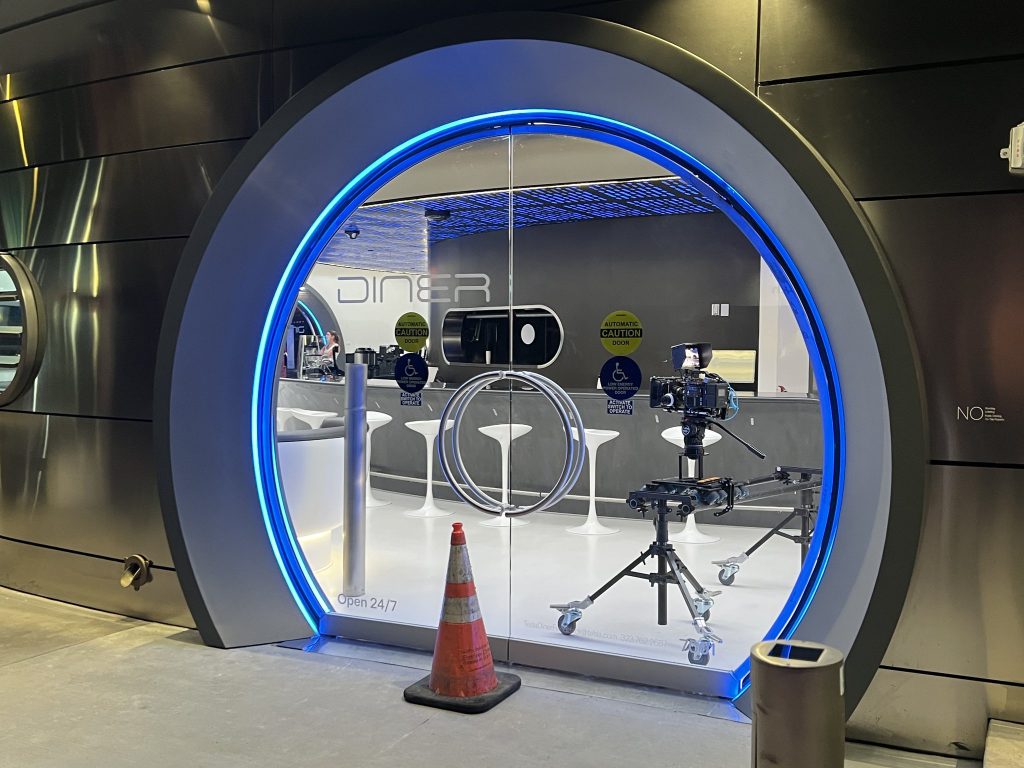
Credit: BradGoldbergMD | X
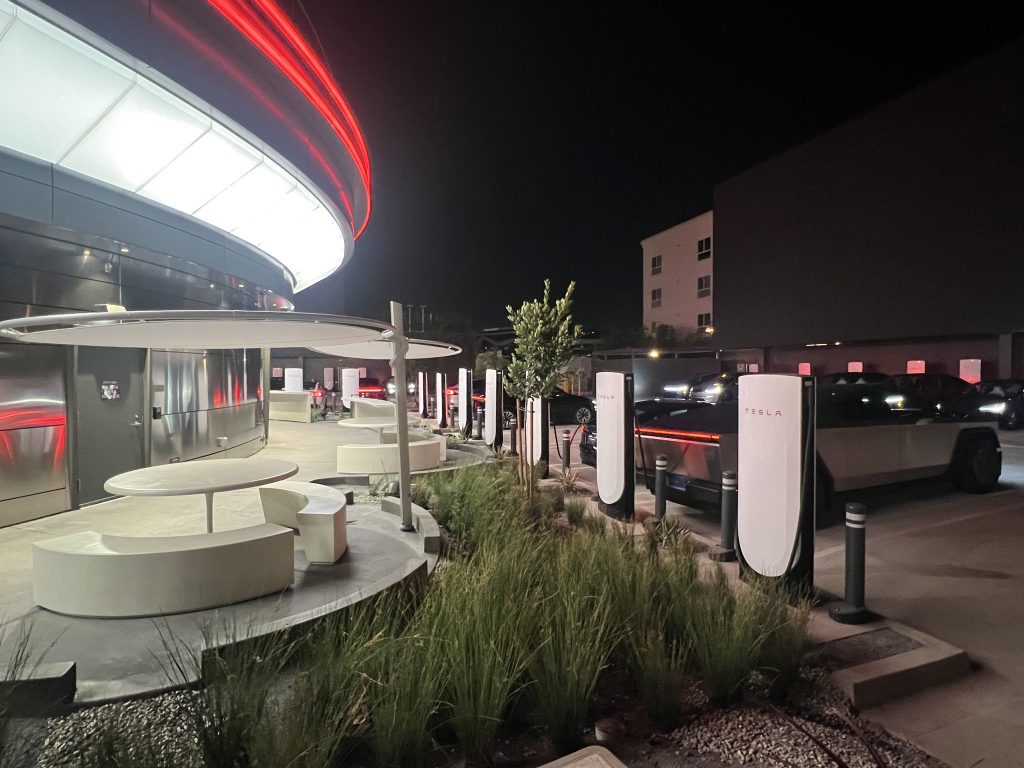
Credit: BradGoldbergMD | X
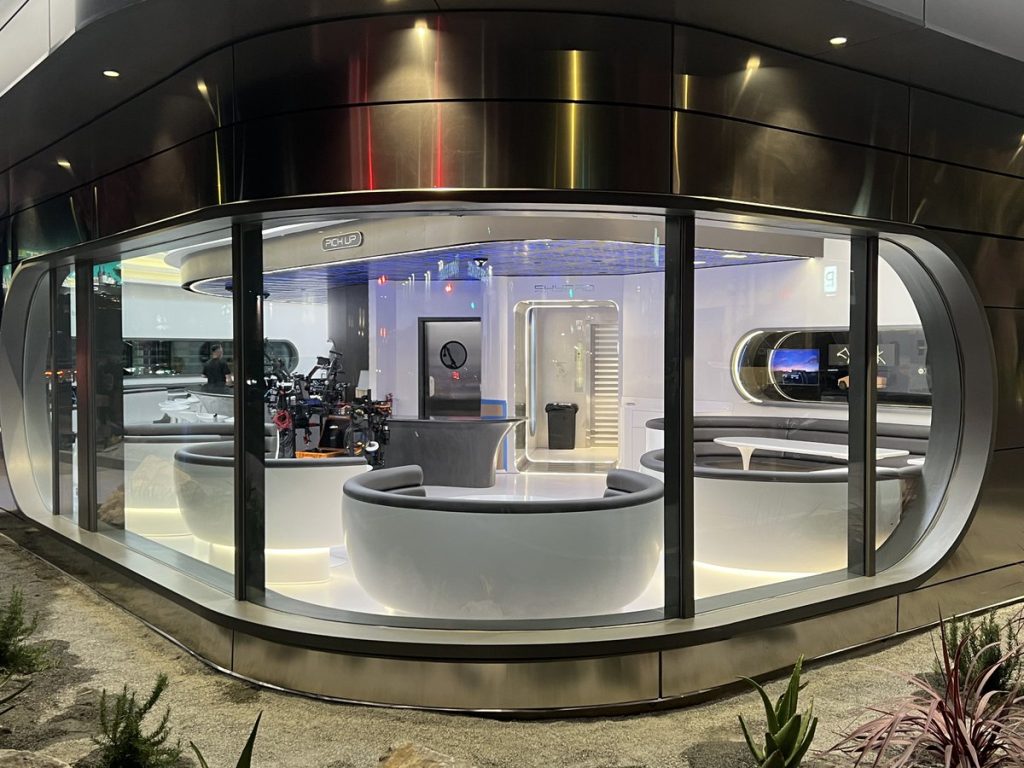
Credit: BradGoldbergMD | X
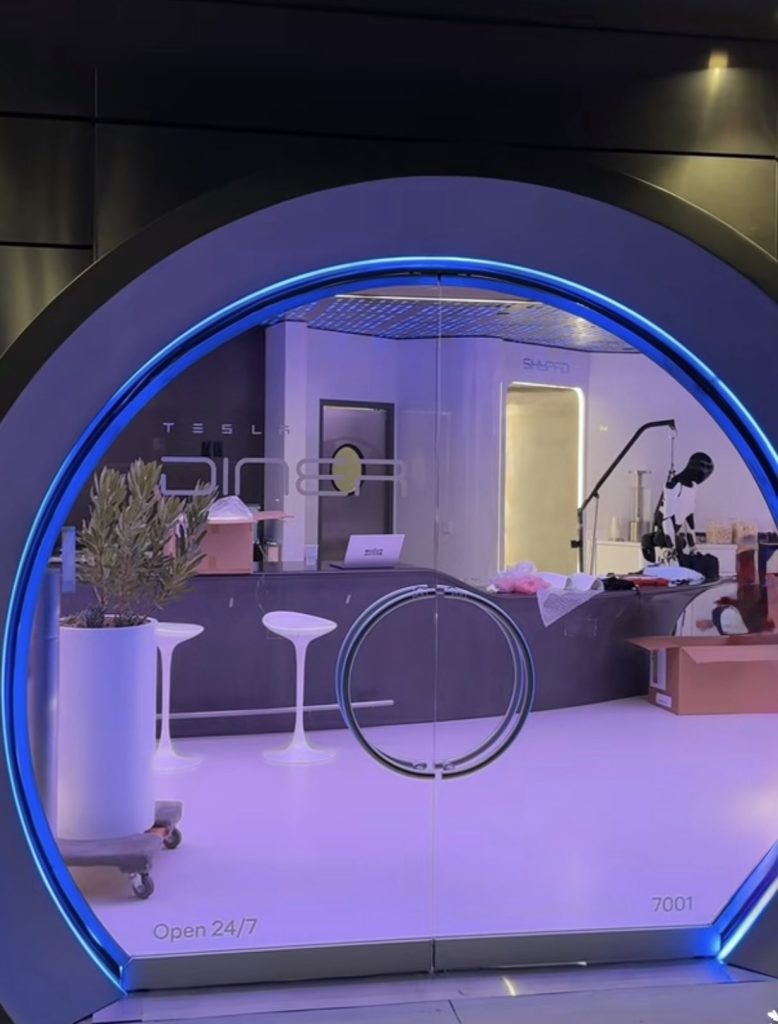
Credit: TeslaKing420 | X
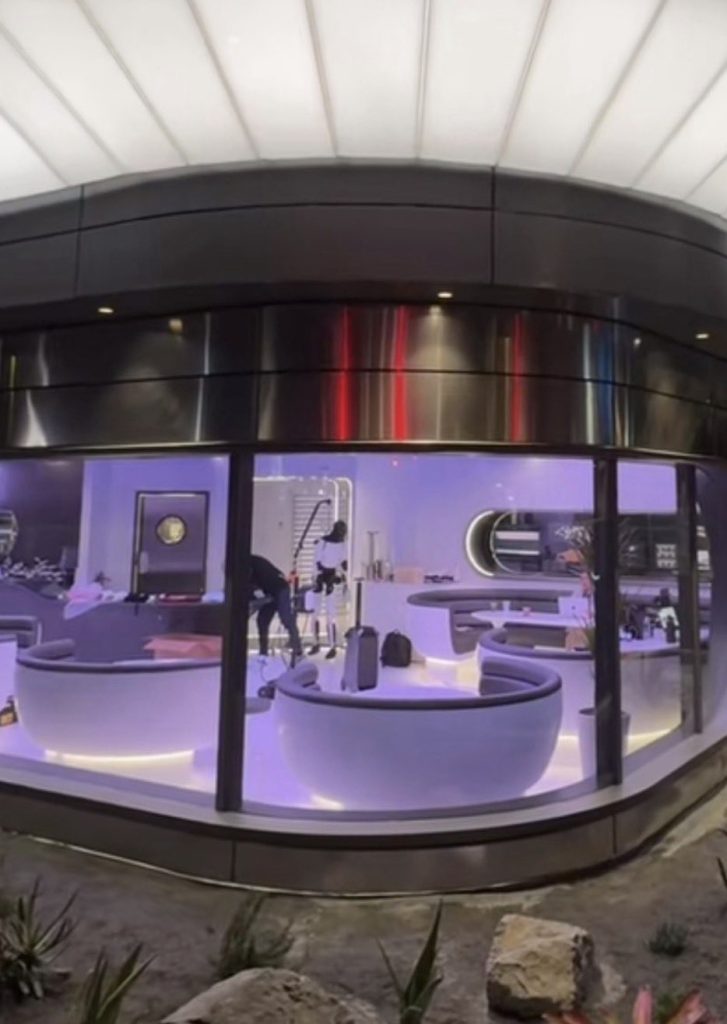
Credit: TeslaKing420 | X
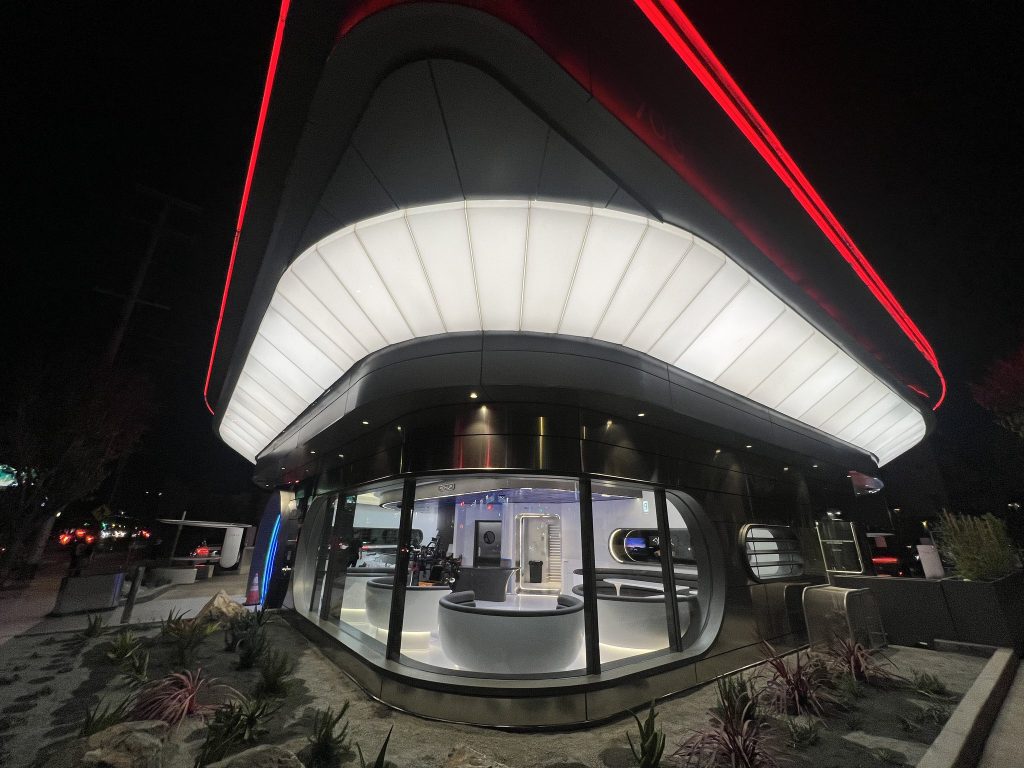
Credit: Brad Goldberg (via Sawyer Merritt on X)
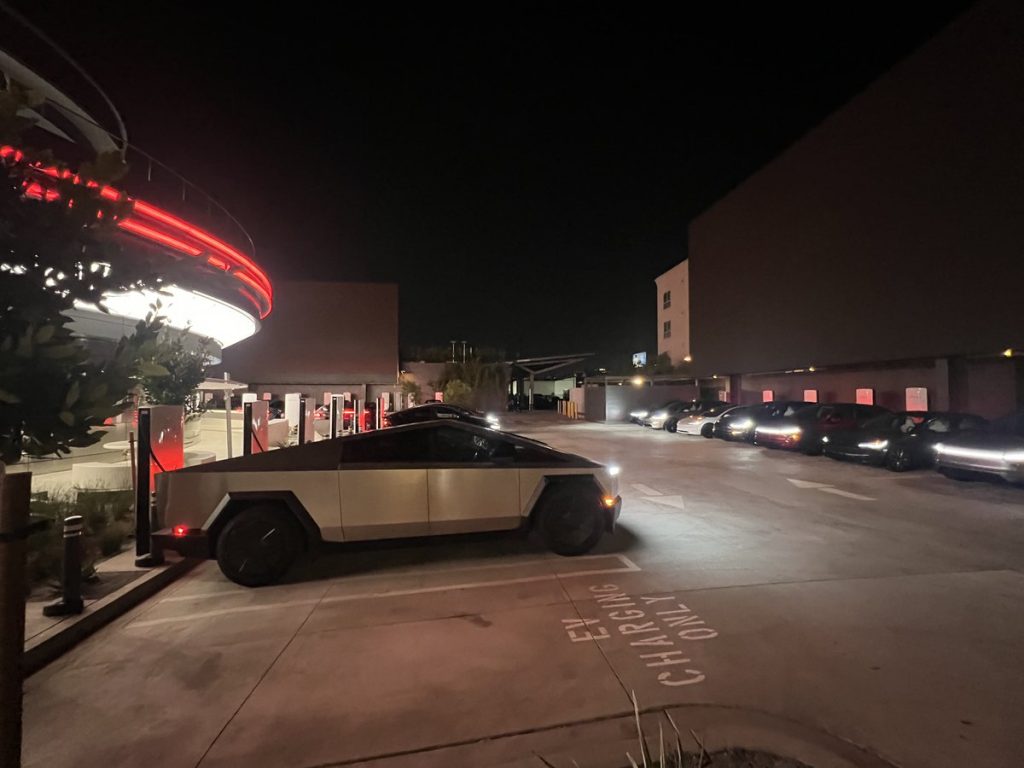
Credit: Brad Goldberg (via Sawyer Merritt on X)
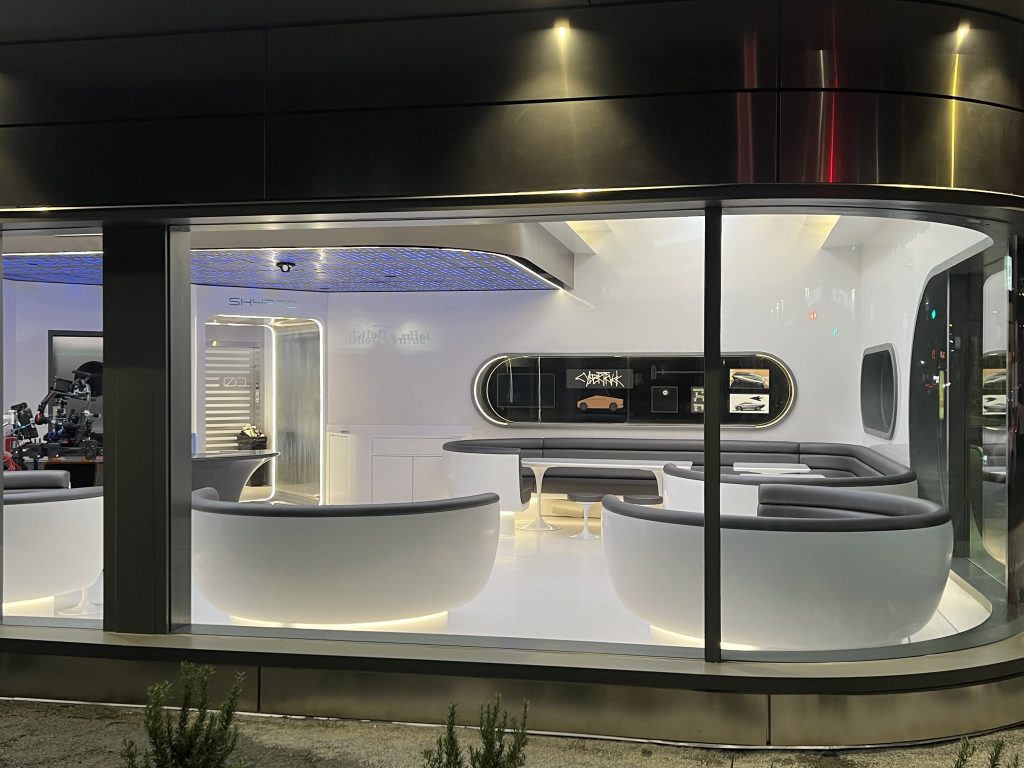
Credit: Brad Goldberg (via Sawyer Merritt on X)

Credit: Brad Goldberg (via Sawyer Merritt on X)
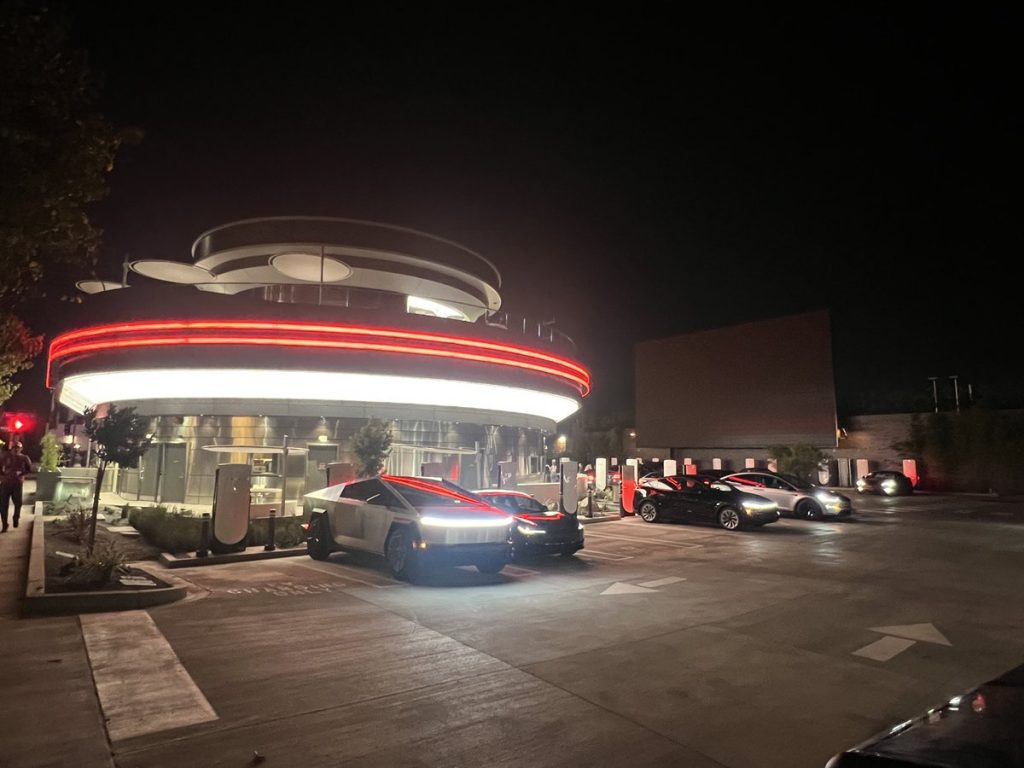
Credit: Brad Goldberg (via Sawyer Merritt on X)
READ MORE ON TESLA’S LA DINER: Tesla readies Drive-In Diner Supercharger for launch with app inclusion
When will the Tesla Diner open to external customers?
While it’s still not open to external customers yet, the news again suggests that the company could be close to an official opening date. Tesla first broke ground on the Diner in September 2023, after receiving a wave of building permit approvals throughout that year. Teslarati also covered much of the construction progress throughout last year, including when crews installed the first and second drive-in screens.
Located at 7001 West Santa Monica Boulevard, the idea was first discussed in 2018 by Musk and a few others on Twitter, featuring 1950s rock and roll, waiters on roller skates, and drive-in movie theater screens playing clips from some of history’s best movies. Notably, the photos of the front doors also show that the site will be open 24 hours a day, 7 days a week, whenever it does end up opening.
Tesla’s progress on Supercharger with diner, drive-in seen in aerial footage
-

 Elon Musk2 weeks ago
Elon Musk2 weeks agoTesla investors will be shocked by Jim Cramer’s latest assessment
-

 News2 days ago
News2 days agoTesla debuts hands-free Grok AI with update 2025.26: What you need to know
-

 Elon Musk4 days ago
Elon Musk4 days agoxAI launches Grok 4 with new $300/month SuperGrok Heavy subscription
-

 Elon Musk7 days ago
Elon Musk7 days agoElon Musk confirms Grok 4 launch on July 9 with livestream event
-

 News2 weeks ago
News2 weeks agoTesla Model 3 ranks as the safest new car in Europe for 2025, per Euro NCAP tests
-

 Elon Musk2 weeks ago
Elon Musk2 weeks agoxAI’s Memphis data center receives air permit despite community criticism
-

 News4 days ago
News4 days agoTesla begins Robotaxi certification push in Arizona: report
-

 Elon Musk2 weeks ago
Elon Musk2 weeks agoTesla scrambles after Musk sidekick exit, CEO takes over sales

